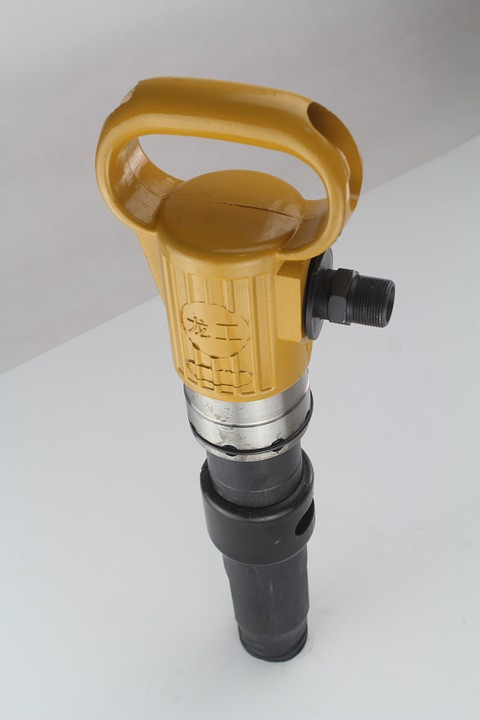6 Safety Tips to Follow When Using Pneumatic Tools
Not all power tools are electrical. While some of them are powered by electricity -- either with a corded connection or a portable battery -- others are powered by compressed air. Known as pneumatic tools, they are incredibly powerful. There are pneumatic nail guns, sanders, grinders, stapling guns, jackhammers and more. Regardless of which type of pneumatic tool you are planning to use, you should follow these six safety tips.
#1) Start With a Low Pressure Setting
Always start with a low pressure setting. Pneumatic tools support different pressure settings. A high pressure setting will result in more pounds per square (PSI) of pressure, thus increasing its power. While some jobs require a high pressure setting, a low pressure setting will suffice for other jobs. Starting with a low pressure can lower the risk of injury, as t pneumatic tool will produce less pressure.
#2) Replace the Filter
Assuming the pneumatic tool has a filter, you should replace it according to the manufacturer's maintenance schedule. Most pneumatic tools use a filter to remove particle matter from the air. When running a pneumatic tool, it will suck in air. It will then pressure the air before releasing it out the nozzle. A dirty filter can lead to blockages inside of the pneumatic tool or the nozzle.
#3) Wear Eye Protection
Don't underestimate the importance of eye protection when using a pneumatic tool. Pneumatic tools can create projectiles that, depending on the travel direction, may cause eye injury. As they release pressurized air, they'll shoot projectiles in the form of debris. Wearing eye protection will ensure that your eyes are protected from these injury-causing projectiles.
#4) Check the Cord
Before using a pneumatic tool, check the cord to ensure that it's the right type. Pneumatic tools don't have power cords, but they do have air cords. Cords are available in different sizes and different fittings. Make sure the pneumatic tool has a cord in the appropriate size and features the right fitting.
#5) Carry By the Base
Always carry pneumatic tools by their base. In other words, don't carry them by their nozzle or hose. Nozzles and hoses are delicate. They can withstand pressurized air, but they may break when carried. If you're going to transport a pneumatic tool to a different area, carry it by the base.
#6) Wear Hearing Protection
In addition to eye protection, you should wear hearing protection when using a pneumatic tool. All pneumatic tools will produce noise during use. Some of them, however, are noisier than others. Long-term exposure to this noise may lead to hearing loss or tinnitus. With hearing protection, you can safely use a pneumatic tool without fear of hearing injuries.
Recent Posts
-
Fire Safety in the Workplace: What You Need to Know
What steps are you taking to prevent fires in your workplace? According to the U.S. Occupational Saf …Aug 23rd 2023 -
Is It Safe to Go Jogging With a Cold Infection?
If you're suffering from a cold infection, you might be wondering whether it's safe to go jogging. T …Aug 22nd 2023 -
5 Safety Tips to Follow When Using a Powder-Actuated Tool
Powder-actuated tools are commonly used to join materials to steel and concrete. Also known as Hilti …Aug 20th 2023




